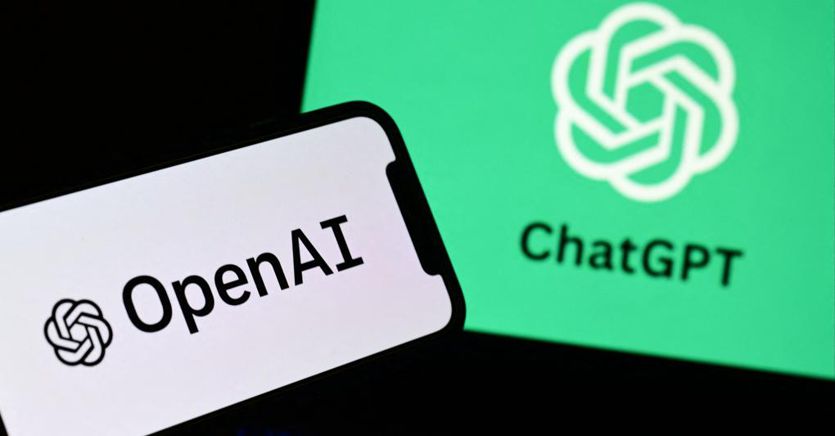Listen to the audio version of the article
The five days of madness at OpenAi, but also the words of Russian President Vladimir Putin who defined the monopolistic domination of Western technological systems in Russia in the sphere of artificial intelligence as “dangerous and unacceptable”: they are yet another confirmation that they will not be able be the individual Ai Gen multinationals to decide how to self-regulate. The stakes are too high.
In AI, however, there are no flags to plant on the map, like in a game of risk. There are power logics like in cloud computing but there is no digital autarky. In this playing field we are not witnessing a balkanization of technologies. Instead there is a de facto inequality, an above and a below like in a bad cyberpunk film. Open source systems on the one hand and proprietary systems on the other.
The premise here is a must. There are no good and bad. Statistically, even open source platforms speak the same Californian accent as proprietary ones. The difference is in a broader and perhaps more inclusive but less orderly horizon.
The open approach focuses on making the source code available for public use and allowing a community of developers to contribute to improving the software. The advantages in the case of large languages (Llm) – ChatGpt so to speak – are greater flexibility and customization of the model and an innovative potential directly proportional to the community of developers dedicated to it. And above all transparency in algorithms, data and code vulnerabilities. This is why Europe likes it that on 6 December it could find a long-awaited trilogue agreement (Parliament, Council and Commission) precisely on LLMs in view of the approval of the Ai Act. It is less liked by AI providers, the Chinese-Californian proprietary companies that instead they see in open source bug risks linked to the lack of regular maintenance and support for companies and complexity in user licenses. These are more or less the criticisms that have been leveled at open source software so far. And they are right too.
As CbInsight found, the open source AI Gen landscape is diverse and rapidly expanding. According to data from the GitHub platform, there has been an explosion with over 8 thousand projects now available. These include large language models like Meta’s LLaMA, as well as image generators like Stability Ai who have also contributed to this ecosystem with their suite of open source models. The one launched in February by Mark Zuckerberg is the first large open source language model (Llm). To clarify, as Venture Beat observed, if ChatGpt is the equivalent of Barbie, in the sense that it is the most successful film of the year. LLaMa can easily be compared to the Marvel Universe in terms of spin-offs, TV series and films. The example is apt, and if anyone hadn’t noticed, yes, both are Stars and Stripes blockbusters.
